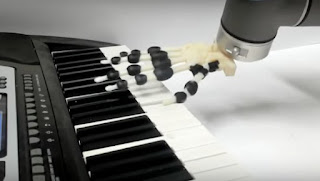DAILY INNOVATION BRIEF by Maryanne Kane, Journalist

DAILY INNOVATION BRIEF By Journalists Edward Kane & Maryanne Kane FLYING TO ANYPLACE IN AN HOUR OR LESS Source: Stargazer Source: Hypersonic Jets Houston, TX-based Venus Aerospace is developing a hypersonic passenger aircraft designed t...



